Why I Picked It Up: I found this one on the new book shelf at my local library – I LOVE that place! I’d seen the picture on the cover before, and I felt like I’d heard of the story surrounding it, but I couldn’t recall exactly what happened, so I decided I needed to find out!
Why I Finished It: Fairy Spell actually couples two of my favorite things: fairy tales and research! Not often can you talk about those two things in the same sentence, but in this case, it just makes sense! This is the true story of the Cottingley Fairy hoax that took place in the early 1900s when two girls allegedly took the first photographs of fairies. It is a fascinating story, and I was really intrigued to learn more. How did they fake the photos? Did they get away with it? What happened to the girls when they grew up? I had no idea that the photographs caught the attention of Sir Arthur Conan Doyle and that he actually published several articles defending their legitimacy!
As I read Fairy Spell, I was also drawn in by the masterful storytelling, the way the factual information was woven into a storyline made me forget this book is actually classified as nonfiction. The illustrations are plentiful, as one would expect in a book about photographs, and help to set the vintage feel of the early 1900s. I also loved the incorporation of the primary source images as well – the photographs, covers of The Strand Magazine, etc.
Who I Would Give It To: Elementary teachers – there is so much you can do with this book! Boys and girls alike, whether or not they are fans of fairies, will enjoy the excitement of a real-life mystery.
Integration Ideas
Theme
Truth/Fantasy
Why were people so taken in by the girls’ fake photographs? There were probably many different reasons, but humans are attracted to fantasy! Fantasy provides an escape from the dreary, often depressing, world around them. Others, like Edward Gardner, Arthur Conan Doyle and Harold Snelling, were convinced the photos were real based on more study and expertise. Nobleman points out that, in addition to their investigation, these men also believed the photos were real because of the source – the girls and their families had a good reputation.
There is so much good conversation to be had around this topic! Start the discussion by showing them the first photograph of Frances without providing any context or information. See what they say, what they notice, and how they react. Then, add that this photograph was taken in 1917 and was published in one of the most popular magazines at the time as evidence for the existence of fairies. See how this changes or fuels the discussion!
After reading the story, use one of the essential questions below to dive deeper into the issue of truth.
- Who defines what is real?
- How does perspective shape or alter truth?
Friendship
To a lesser degree, friendship is also a part of this story. The two girls were cousins who grew to be more like sisters. The whole hoax started when Elsie felt the need to stick up for her younger cousin and decided to “get back at the adults” by creating the fake photos that would support Frances’ story when she came home drenched. As the hoax escalated, their friendship was probably strengthened by their shared secret and delight in the photographs.
- What are the elements that create a strong friendship?
- How does friendship change over time?
Media Literacy
Fake news was a thing, even in the 1920s! As Nobleman points out in the Author’s Note, fake photography had been around since the beginning of photography, and even though we have the internet at our fingertips, that “doesn’t mean you can kick back and think less. On the contrary, it forces you to think more.” People can spread fake news with the click of a button these days, but even in the 1920s, when they didn’t have social media or Photoshop, the girls’ photos will “went viral.”
Study the importance of critically examining the things we find online.
- Evaluating a News Article – Infographic from Easy Bib
- Research and Develop a Topic – Write Your Own Fake News– From Google Applied Digital Skills
Common Sense Media has a great Digital Citizenship Curriculum designed to help kids take ownership of their digital lives, and it includes a strand on News and Media Literacy. Is Seeing Believing? (a lesson for upper elementary students) examines why people alter digital artifacts and how to spot fakes.
Use this story of the Cottingley Fairies to transition into bias and perspective. Some people, like Frances, believed the photographs were real because they wanted to believe. They had a bias that they brought to the image. How do people’s biases influence the way they interpret today’s news? Is it possible to be completely unbiased?
Primary Sources/Research/Investigation
The author has done a great deal of research to bring you this book. In the back matter, Nobleman lists some of the books and other resources he used. Do your own research! What would you have thought? How would you have reacted based on the evidence?
- The village of Cottingley’s website has a page dedicated to the story, including an extensive resource list, timelines, eyewitness accounts, and more: http://cottingleyconnect.org.uk/fairies.shtml
- A link to Conan Doyle’s first article in The Strand: https://archive.org/stream/TheStrandMagazineAnIllustratedMonthly/TheStrandMagazine1920bVol.LxJul-dec#page/n483/mode/2up
- Current news – the original photographs were up for auction earlier this year: https://www.bbc.com/news/uk-england-leeds-47897891
- Teacher guide from JREF (James Randi Educational Foundation, founded in 1996 to help people defend themselves from paranormal and pseudoscientific claims) with an in-depth account of the story, discussion questions, extension activities, and more: https://web.randi.org/uploads/3/7/3/7/37377621/jref13edmod_fairies_teacher_print.pdf
Social Studies – Technology/Society
Cameras hadn’t been around very long when Elsie asked to use her father’s camera, a quarter-plate`Midg’ camera. Investigate how early cameras worked:
The cameras used by the girls:
- http://collection.sciencemuseum.org.uk/objects/co469836/midg-camera-used-to-make-the-first-two-cottingley-fairies-photographs-in-1917-quarter-plate-camera-plate-camera
- http://collection.sciencemuseum.org.uk/objects/co469843/quarter-plate-cameo-camera-used-to-take-second-phase-of-cottingley-fairies-photographs-1918-1920-quarter-plate-camera-folding-bellows-camera
How cameras work:
You could even do a science experiment (like this one: https://kids.nationalgeographic.com/explore/books/pinhole-camera/) to see how light travels and works to create photographs.
The impact of social media is another topic you could introduce here. Look at how news was spread in the 1920s vs today.
Making Connections
What other tall tales or legends have people claimed to have seen or photographed? Pick one and see what you think!
- Yeti/Abominable Snowman
- Sasquatch
- Loch Ness Monster
Page 10 of this teacher guide gives some examples of other hoaxes, and page 11 asks students to try creating their own hoax picture using photo editing software. See if you can fool anyone!

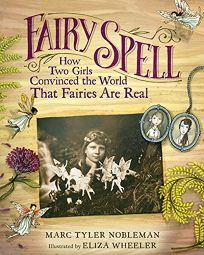
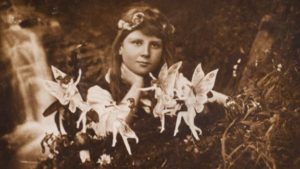
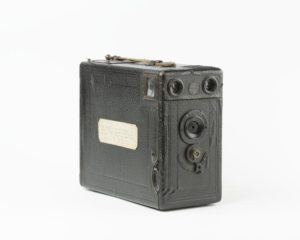
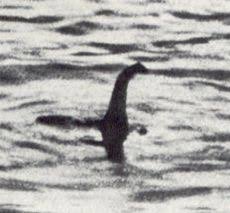

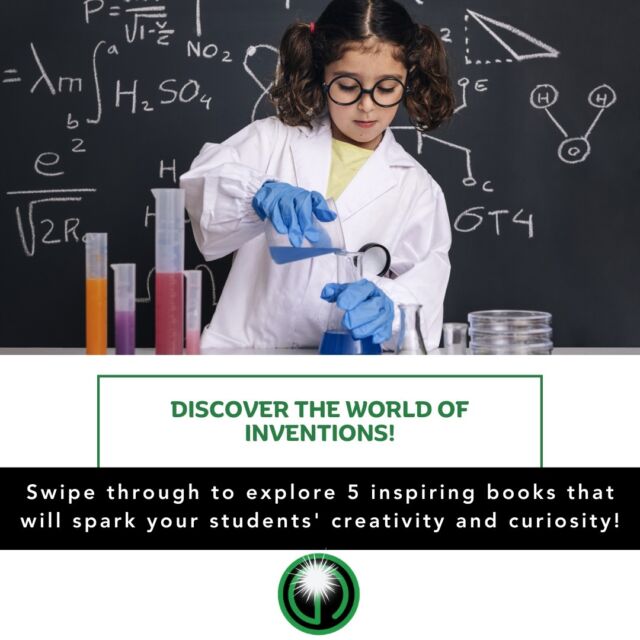
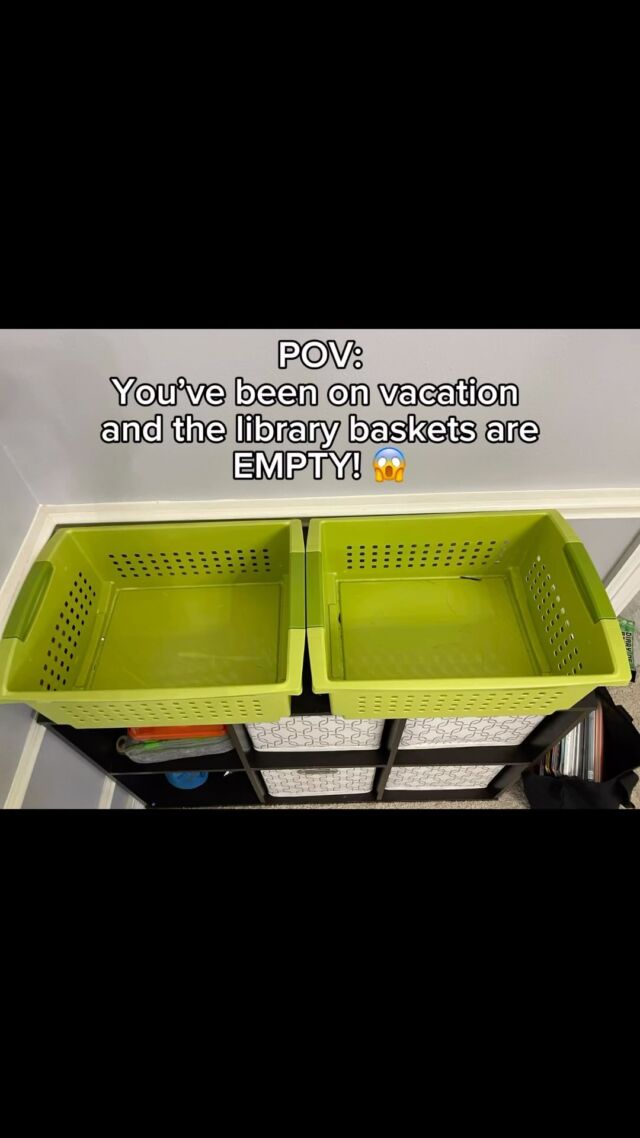
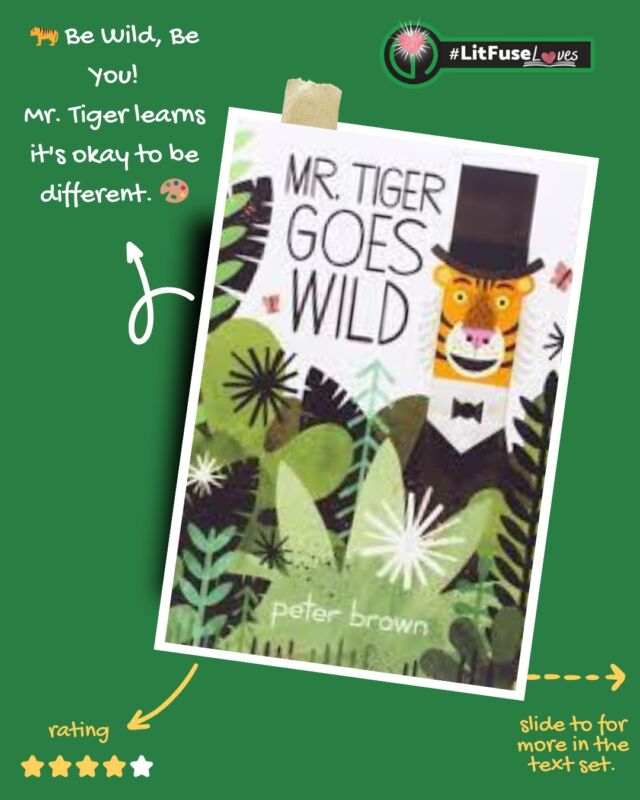
 Building Bridges: Creating a Text Set on Frie
Building Bridges: Creating a Text Set on Frie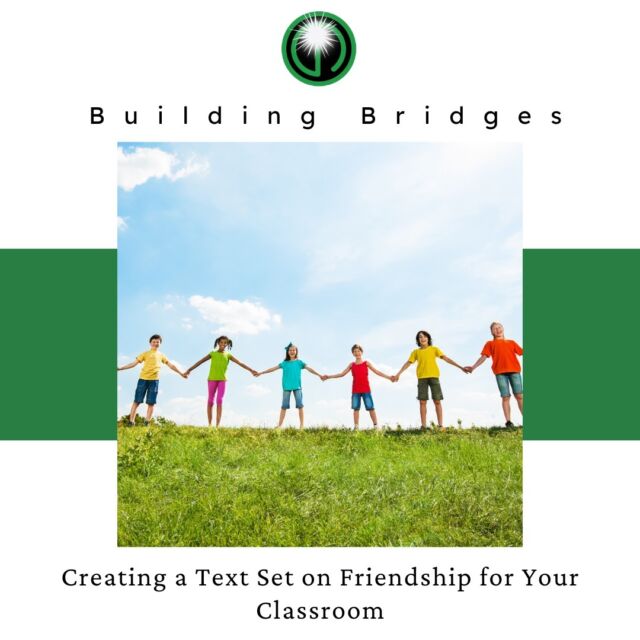
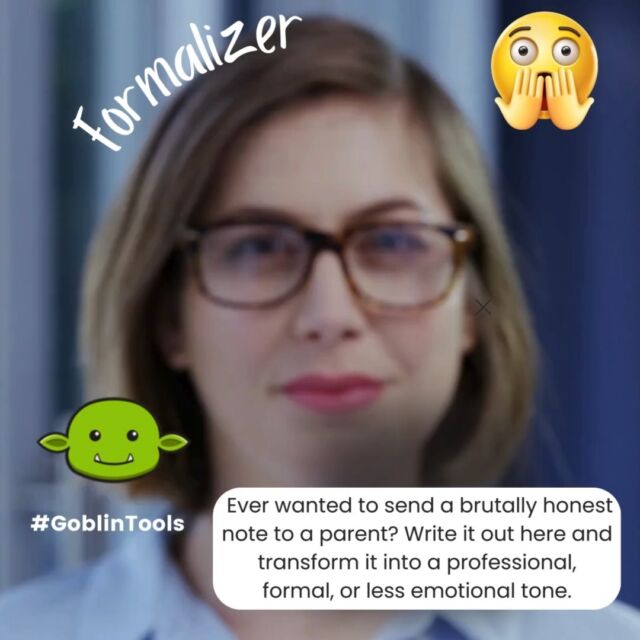
 Hey, amazing educators!
Hey, amazing educators! ![🌟 Hey, amazing educators! 🌟 Ready to kick off the school year with an engaging unit on rules and laws? 📚✨
We’ve picked some fantastic books to help your students understand why rules matter and how they shape our world. Check out these gems:
1️⃣ What If Everybody Did That? - Discover the hilarious and important reasons why rules matter.
2️⃣ Seven Rules You Absolutely Must Not Break If You Want to Survive the Cafeteria - Navigate the cafeteria with essential do's and don'ts.
3️⃣ A Bike Like Sergio's - Explore honesty and making the right choices.
4️⃣ Chairs on Strike - Learn about respecting classroom rules in a fun way.
5️⃣ Do Unto Otters: A Book About Manners - Embrace the Golden Rule with our otter friends.
🌟 Want more hands-on activities, vocabulary tips, and detailed descriptions of these books? Head over to our blog post for the full text set and loads of interactive teaching ideas! 🌟 [Link in bio]
💬 We’d love to hear your thoughts! Drop a comment below with your favorite book or share your own ideas on teaching rules and laws. Don’t forget to like and share this post with your fellow educators! Let’s make learning fun and meaningful together! 💖📖
#LiteracyAndLearning #RulesAndLaws #ElementaryEducation #BookRecommendations #ClassroomTips #EngagingLearning #StudentSuccess #TeacherResources](https://literaryfusions.com/wp-content/uploads/sb-instagram-feed-images/448980028_389914004085978_6215087207340322911_nfull.jpg)
 Exciting Book Review Alert!
Exciting Book Review Alert! ![📚 Exciting Book Review Alert! 📚
Hey there, book lovers and educators! 👋 We're thrilled to share a captivating book review that has us buzzing with inspiration. 🤩📖
📖 Book: "The Girl in the Red Skirt" by Lucy Cooley
📝 Review: [Link in Bio]
🌟 Rating: ⭐⭐⭐⭐⭐
In our pursuit of enhancing literacy and technology best practices in classrooms, we're always on the lookout for stories that ignite a love for reading and learning. "The Girl in the Red Skirt" is a must-read that masterfully combines the art of storytelling with an enchanting narrative.
📚 Review Highlights:
🔥 Gripping narrative that keeps you turning pages
🧠 Thought-provoking themes perfect for classroom discussions
💡 High level vocabulary
🙌 Empowering young minds through literacy
Swipe to catch a glimpse of the review or click the link in our bio to dive deeper into this literary gem. 📲💫
Educators, if you're looking for engaging material to inspire your students, this book is a fantastic addition to your reading list. 📚🍎
Let's transform the future of education together! 💡 If you're interested in our education consultancy services, feel free to reach out. We're here to help schools create enriching learning environments. 🏫👩🏫👨🏫
#LiteracyMatters #TechnologyInEducation #BookReview #EducationConsultants #ClassroomInnovation #TheGirlInTheRedSkirt #InspireLearning #ReadAndGrow #EducationForTheFuture](https://literaryfusions.com/wp-content/uploads/sb-instagram-feed-images/382394110_283049717946553_1109139895454642258_nfull.jpg)
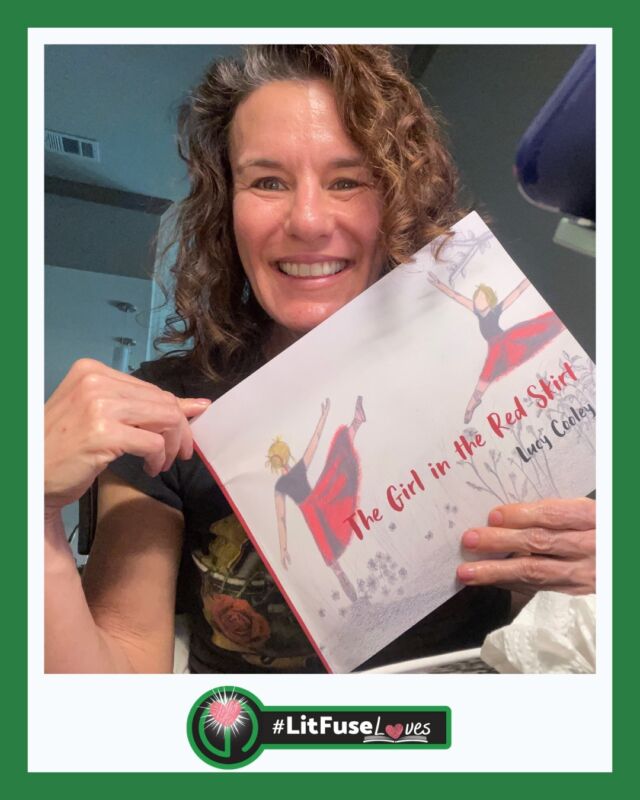

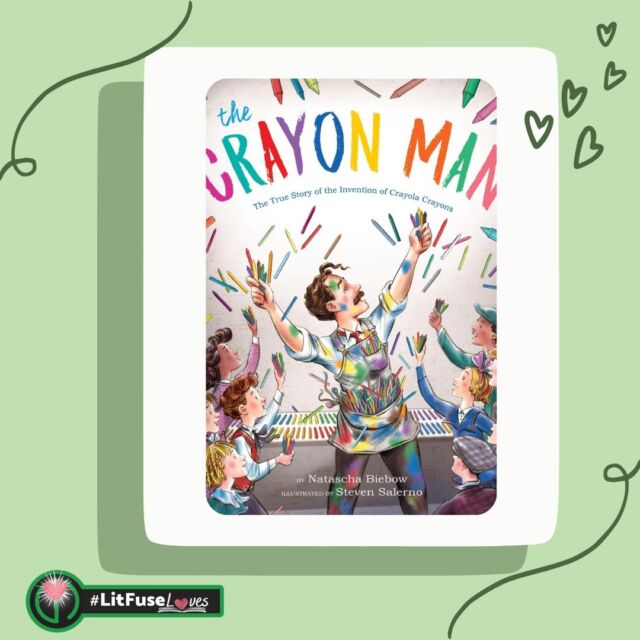

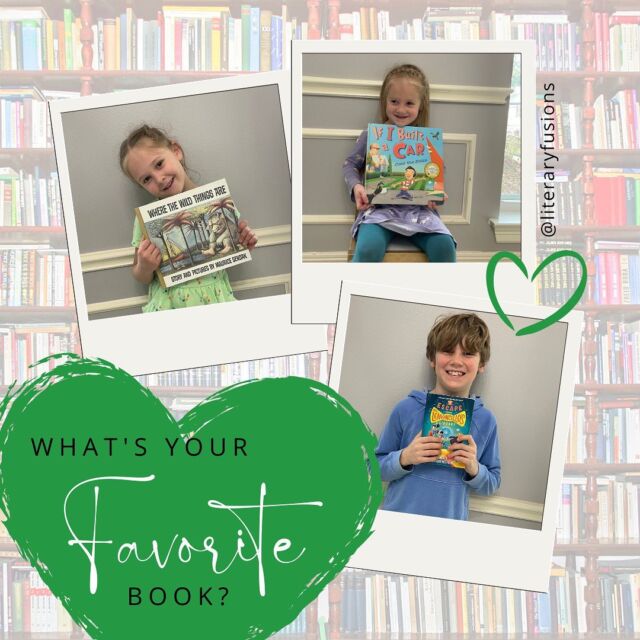



Leave a Reply